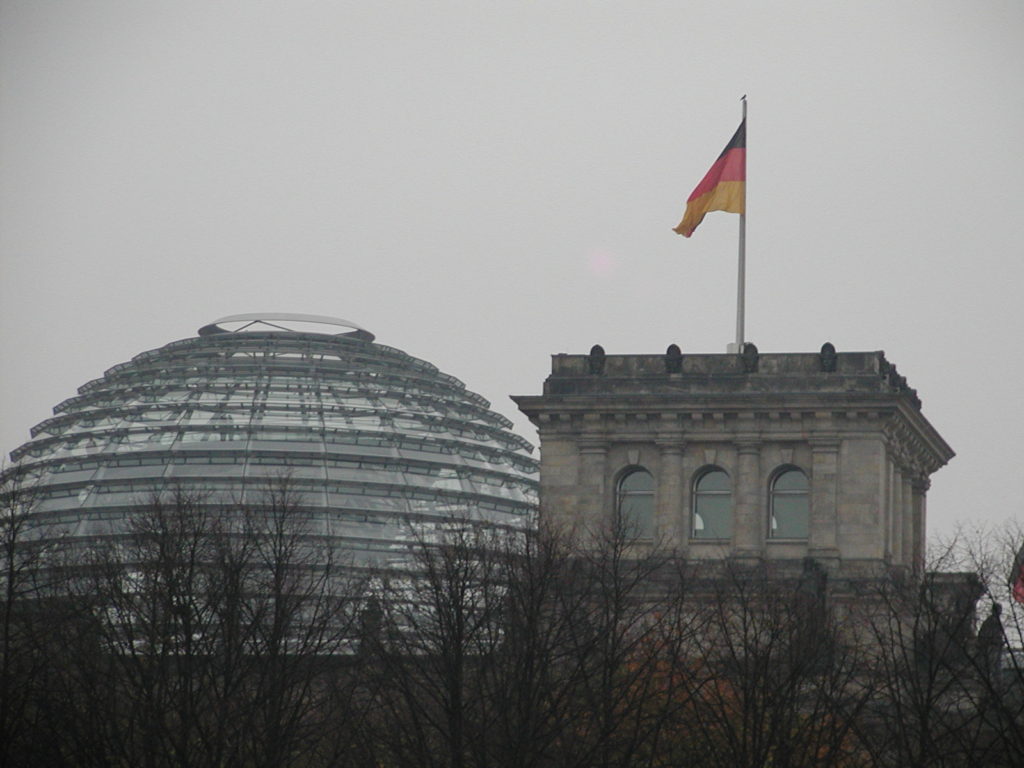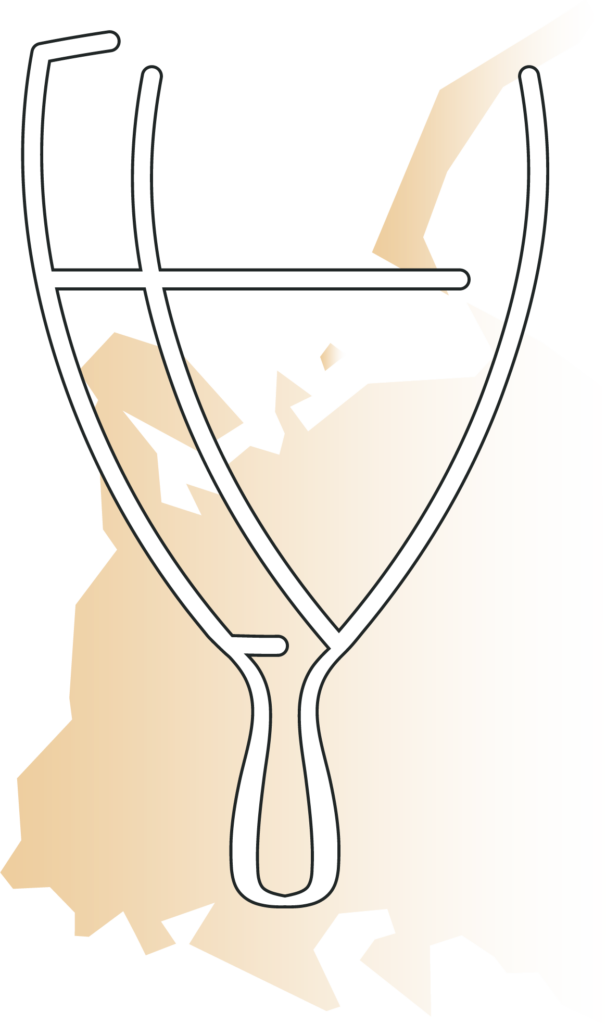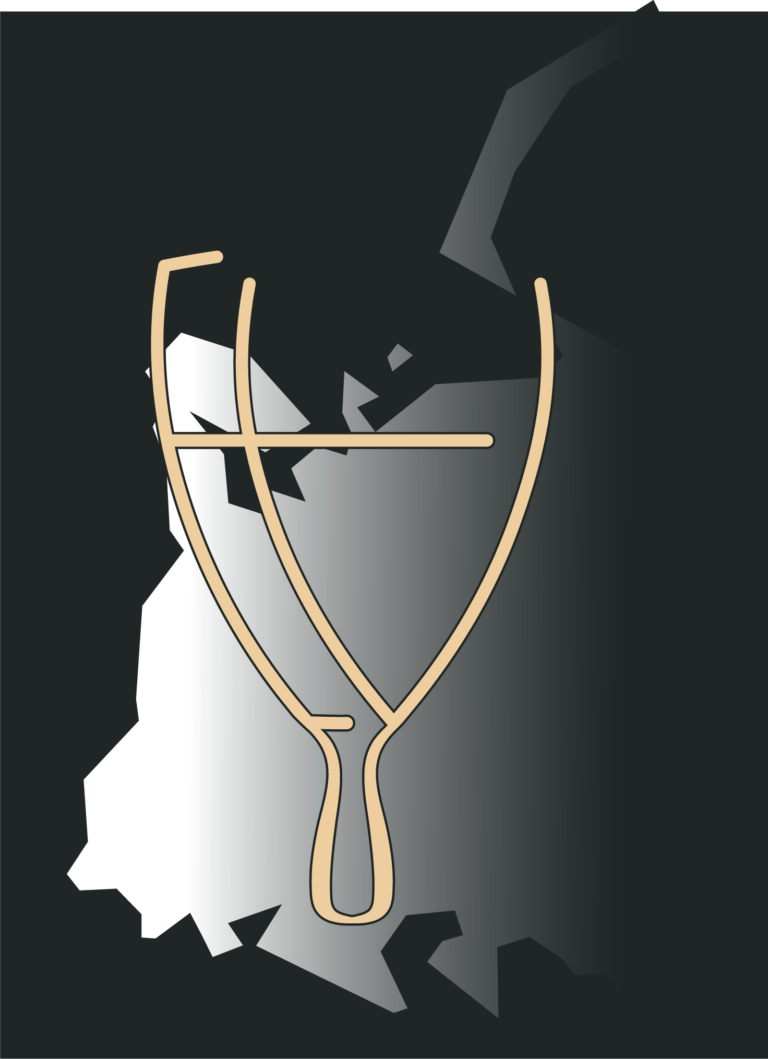Analysis
It appears that the EU, as a net importer of natural gas, has developed a market advantage over its suppliers and prospective suppliers, namely Russia and the US. It might come as a surprise since Russia has an overwhelmingly dominant market share, and the US, the political power to impose sanctions on critical infrastructure projects to promote the export of Liquefied Natural Gas (LNG) to Europe. In addition, the EU’s domestic production of natural gas and its closely aligned regional gas-producing partner, Norway, represent a market in gradual decline. Also, EU members, especially those with highly productive industries, are seemingly compelled to find new import sources to meet demand. The EU needs external gas producers to secure future supply, yet has shown in recent decisions, which I will explain below, that the gas market is a buyers’ market for the medium term.
German-Russian Gas Relations
The EU is keen to develop its gas import infrastructure, specifically the pipeline project Nord Stream 2. Nord Stream 2 is a gas pipeline project that connects Russia and Germany via the Baltic Sea. It will enable Russia to supply 55 billion cubic meters (bcm) of natural gas to Germany each year. Europe’s largest infrastructure project is also Europe’s most controversial for the single reason that it allows Russia to grab a maximum market share of the EU’s largest gas consumer, Germany. The pipeline has many opponents to include the US. The US is a newcomer as a gas exporting country and would like to supply Europe with LNG. The US has therefore developed a gas exporting strategy in which it expresses its concerns over Russia’s growing influence in Europe, while simultaneously offering its LNG as an alternative supply source.
So far, the EU has not shifted its primary focus towards LNG imports and rather focuses on bringing Nord Stream 2 into operation. Despite immense political, financial, and environmental pressures, the pipeline has endured since construction began in 2016. Nord Stream 2 received long-awaited permission from Danish environmental authorities to operate on its continental shelf. The pipeline’s investors recently appealed against a $7.6 billion fine imposed by a Polish regulator for anti-monopoly violations. The biggest concern facing Nord Stream 2’s completion, however, are US sanctions. The first round of sanctions targeting any pipe-laying vessels that aid in the Nord Stream 2 construction, imposed in 2019, slowed construction progress significantly. While the German government remains supportive of the project, the US has threatened to tighten its sanctions, which are set to pass by the end of 2020. This second round of sanctions could permanently halt the pipeline’s completion.
The Nord Stream 2 consortium has completed 95 percent of the construction; only 120 kilometers are missing. The Russian pipe-laying vessel “Akademik Cherskiy” has transited to the port of Mukran, near Sassnitz, Germany, from where it will likely complete the final stage of Nord Stream 2. The Nord Stream 2 consortium plans to begin operating the pipeline by early 2021. The German government is confident that over the period of the US presidential transition, followed by a “lame duck” session, sanctions will likely not be implemented until a new president takes office. With US President-elect Joe Biden, the EU is likely more hopeful that the US will opt for a more cooperative policy, ultimately supporting Nord Stream 2’s completion.

EU‘s Separate Energy Security Policy
The EU rejects the US policy to defend Europe’s energy security. European policy-makers do not consider an overreliance on Russian gas to be problematic. Furthermore, they do not view this partnership as increasing Russian economic and political influence in the EU. Indeed, Nord Stream 2 operations will not dramatically affect German dependence on Russian gas. Existing and projected import capacities for natural gas to Germany are sufficient with or without Nord Stream 2. According to Rystad Energy, Germany will admittedly increase its natural gas imports from 90 billion cubic meters (bcm) per year in 2019 to 110 bcm by 2034. This increase of 20 bcm over 15 years, however, is marginal. Germany has a theoretical gas import capacity of 284 bcm which is more than double what it will need in 2034. Full utilization of the existing Nord Stream pipeline of 55 bcm, would almost compensate for the projected increase of 20 bcm. Nord Stream is currently utilized to only 50% capacity, due to EU regulations. Full utilization is physically possible especially since interconnecting pipeline capacity to take off natural gas from Nord Stream and Nord Stream 2 is already available and in operation.
The EU and Gas Price Competition
Another reason the pipeline is so significant for the EU is the lower cost of gas supply from Russia. The supply of piped gas from Russia to Europe is temporarily more cost-effective than LNG from overseas since the necessary infrastructure is largely in place. LNG gasification and re-gasification are costly and LNG infrastructure in Europe still requires considerable investments.
Also, the geopolitical risk of the Russian gas price dictatorship of the 2000s has largely dissolved The development of an EU-wide unified market, followed by rules and regulations that prohibit Russia’s monopolistic behavior as a gas supplier, have mitigated political and economic risks for all EU members. The pipeline hedges the gas supply risk of transit countries with unstable political conditions such as Belarus and Ukraine. Especially at the Western European gas hubs, Russia’s gas export monopoly, Gazprom, is compelled to sell most of its gas for the spot-market price. Gazprom’s ability to financially exploit its position in many countries as a monopoly gas supplier via the long-term gas contracts and take-or-pay agreements is in decline. Gazprom is currently in re-negotiation with Turkey and Poland over long-term gas supply contracts. The outcome of both will likely reveal more about Russia’s influence in Europe.
Several German energy companies decided in 2019 to enter the Liquefied Natural Gas (LNG) market. This represented a rather surprising move as Germany is a traditional piped-gas importer. There are four LNG import terminals in consideration with a realistic projected import capacity of 20 bcm. The terminals are supported by the German government and the EU Commission and have the potential to fit the conditions of the US government to diversify gas import capacities away from Russia. The new LNG import terminals do not compete with Nord Stream 2. All projects are pursued with the same political support, independent of the other. The goal is to improve the country’s role as a European gas hub and accelerate price competition between two major gas suppliers, the US and Russia.
European Gas Market Remains Important, But Gas Not Important for Europeans
Nord Stream 2 remains a vital project for the EU gas market. EU members, especially Germany with a highly productive industry, are seemingly compelled to find new import sources to meet the demand. This will lead the EU gas market to an even greater dependence on Russian gas. Nord Stream 2 does neither support nor prevent this fact.
On one hand, this places gas exporting countries, specifically Russia in an advantageous position. On the other hand, the reality looks quite different. While natural gas is increasingly perceived as an out of vogue and anti-green product, EU policies impede the consumption of natural gas and promote the development of alternative energy sources. Natural gas remains a vital product for European industries, but it increasingly is in the way of a carbon-emission free society.
The role of natural gas as a strategic energy resource in Europe is declining. In terms of electricity generation, natural gas has never really filled its role as a clean alternative to coal. Renewable wind and solar energy have developed quickly over the last decade. Its future outlook sets natural gas into the role of a reservist, which comes into play when there is no wind and the sun does not shine. Climate-friendly politics gained popularity at a similar pace and declared natural gas from the once perceived clean substitute to oil and coal to a “fossil fuel non grata”. Natural gas is still of strategic economic importance, but new technologies are on the horizon. In July 2020, the EU agreed to invest $140 billion into hydrogen development within ten years. Hydrogen has the quality to be an alternative to natural gas in its primary functions of heat and electricity generation. So will this affect its gas market? Say something about that here.
Three Pillars of the EU’s confidence
For the above-mentioned reasons, the EU’s new gas market confidence is based on three mutually amplifying pillars, which are its ability as a consumer to drive competition, to emancipate itself from energy supply politicization, and to replace the strategic importance of gas with alternative solutions.
There cannot be a better example to describe the new confidence of these pillars than a recent decision by the French energy company, the ENGIE. In November 2020, the ENGIE, that is highly invested in Nord Stream 2, as well as in French LNG import terminals, rejected a $7 billion, 20-year deal with the US LNG producer NextDecade, due to environmental concerns of natural gas derived by fracking. The decision is likely driven by the French government, which already contemplates with a new US administration.
The agenda of a new US administration under Biden promises some complacence, which could ease the European entanglement on the gas market. That is a more cooperative policy between the US and the EU, a possible revive of the trans-Atlantic trade relationship, and a compatible domestic environmental policy.

